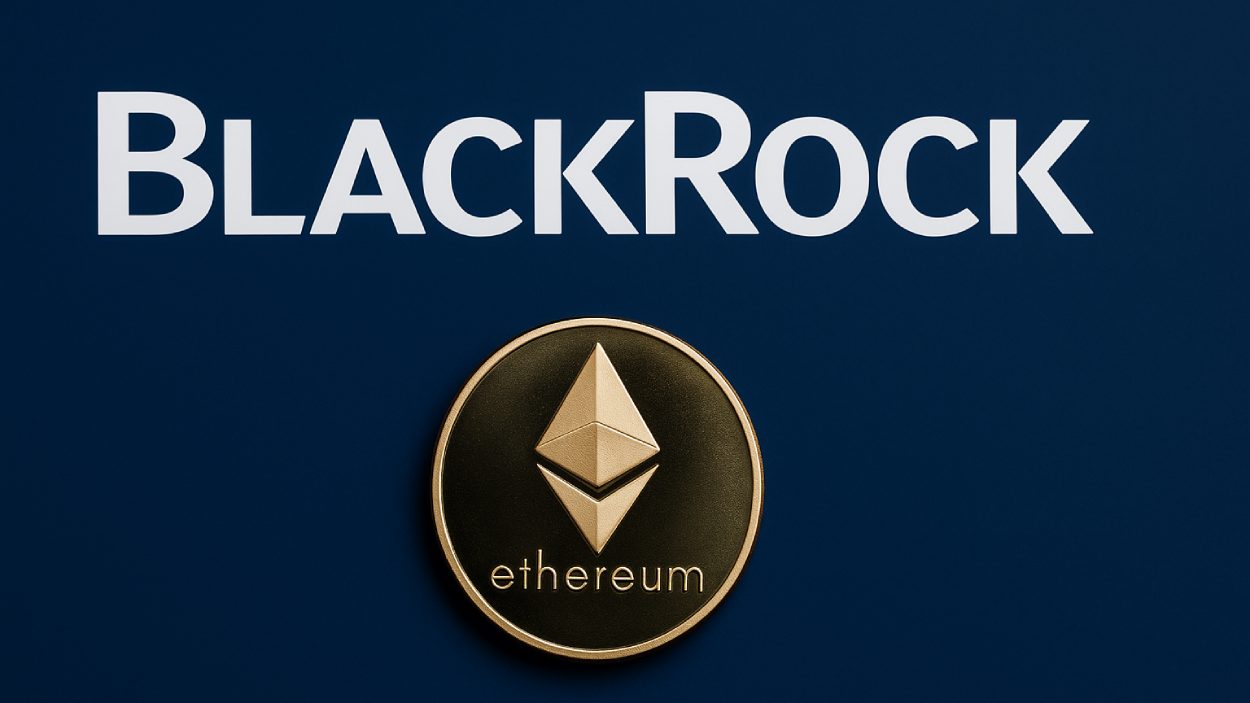Bank of New York BNY (BNY) has launched a dedicated money market fund to help stablecoin issuers meet new federal reserve requirements under the recently passed GENIUS Act.
Key Takeaways
- BNY introduced the BNY Dreyfus Stablecoin Reserves Fund (BSRXX) to provide a compliant reserve vehicle for U.S. stablecoin issuers.
- The GENIUS Act, passed in July 2025, mandates stablecoin issuers to hold reserves in ultra-safe, highly liquid assets.
- Anchorage Digital made the fund’s first investment, highlighting institutional interest in regulatory-compliant digital finance infrastructure.
- BNY aims to capitalize on its existing experience in crypto custody, including partnerships with Circle, Ripple, and BlackRock.
What Happened?
BNY launched the BSRXX fund to give stablecoin issuers a compliant option for managing reserves under the GENIUS Act. The new legislation outlines strict standards for what assets qualify as reserves behind dollar-backed digital tokens. The fund is designed specifically for institutional players and does not invest directly in stablecoins but only in eligible high-quality assets.
BNY’s Stablecoin Reserve Fund Targets Compliance
The new BNY Dreyfus Stablecoin Reserves Fund is tailored for stablecoin issuers and institutional investors looking to comply with the GENIUS Act. The law, enacted in July 2025, requires stablecoin reserves to be held in short-term U.S. Treasuries, reverse repos, or similar ultra-safe assets.
Stephanie Pierce, Deputy Head of BNY Investments, said the fund will hold only securities with maturities of 93 days or less, aligning with regulatory limits designed to minimize liquidity risk.
Although the GENIUS Act has yet to take full effect, BNY is launching early to give clients time to adapt and align with the upcoming rules.
Backed by Anchorage Digital
Anchorage Digital, the first federally chartered crypto bank in the U.S., made the initial investment in the fund. CEO Nathan McCauley said:
He emphasized the importance of trust and transparency in this evolving financial landscape.
In September, Anchorage also announced a collaboration with Tether to develop a GENIUS Act-compliant stablecoin, signaling broader industry moves toward regulation-friendly solutions.
Tapping Into a Rapidly Growing Market
BNY’s move comes as the stablecoin market shows explosive growth. Total stablecoin supply has surged 68.5% year-over-year to $305 billion, with Citi predicting potential issuance to reach as high as $4 trillion in a bullish scenario.
BNY is no newcomer to the digital asset space. The bank already provides custody services for stablecoins like USDC and RLUSD and supports reserve operations for firms like Circle and Ripple. It also manages part of the Circle Reserve Fund through its collaboration with BlackRock.
In recent months, BNY has expanded its digital asset footprint by launching a tokenized money market fund with Goldman Sachs, partnering with WisdomTree for banking infrastructure, and rolling out a Digital Asset Data Insights platform.
CoinLaw’s Takeaway
In my experience covering digital asset trends, this is a major milestone. BNY is not just dipping its toes into crypto but actively shaping the future of how stablecoins will be managed and regulated in the U.S. The GENIUS Act is a big shift in how digital dollars will be backed, and BNY’s fund gives issuers a plug-and-play option to meet those standards. What stands out is the bank’s strategic timing. By launching before the law kicks in, they’re positioning themselves as the go-to partner for compliant stablecoin infrastructure. I found it especially compelling that Anchorage Digital jumped in early, signaling strong institutional buy-in for this new regulatory era.

























































